In spa retailing circles, it’s not uncommon to hear discussions and even debates about where the hot tub industry is heading. We know the industry is relatively small and hot tubs in general don’t seem to have significant growth momentum, at least not in North America. We also know competition doesn’t just involve other spa retailers—it includes big box stores, online sellers, and other recreational or lifestyle-focused consumer products.
So now that we’re out of the midst of recession and into the belly of an increasingly competitive landscape, what is the outlook of the hot tub market? To give some insight, let’s take a look at today’s market, identify where the opportunities and challenges lie, then offer perspective on the long-term outlook of the product category.
Where is the Hot Tub Market Now?
Currently, APSP industry statistics estimate that, of the 125 million US households, there are roughly 5.8 million hot tubs owned. Based on these figures, about 4.6% of US households and 1.8% of people have a hot tub at home.
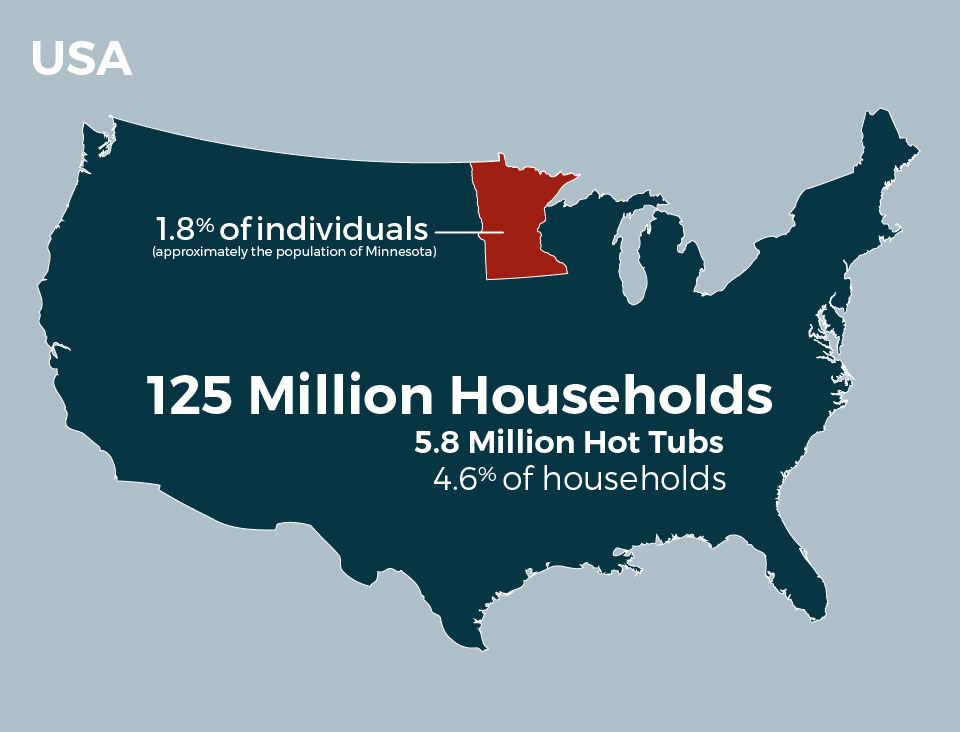
Because of space requirements and economic factors though, single-family detached homes (rather than condos and apartments) are the traditional “household” target for hot tub retailers. If we account for this and focus just on single family homes, the percentage of households that own a hot tub is likely closer to 6 – 7.5%.
However, a recent Power Per Square Foot (formerly H2Insider) survey of 500 people in the US age 18 and older found 8.1% of respondents currently own a spa, with just over 18% having owned a spa at some point. These response percentages may indicate that industry estimates are actually a bit low and/or that some respondents consider community spas, family member’s spas, or other access to spas “owning” one.
The relatively low level of market penetration indicates there is significant room for growth and consumer education for spa retailers and our industry as a whole.
Whichever data set you look at, it’s clear that hot tub owners are a relatively small percentage of the overall population. That said, the relatively low level of market penetration is not necessarily surprising, given ticket size, space and energy requirements, maintenance requirements, and general perception of hot tubs. But the numbers do indicate there is significant room for growth and consumer education. Looking forward, this presents an opportunity for spa retailers and our industry as a whole.
The same survey mentioned above also measured overall sentiment of the general population towards hot tubs in comparison to other large-ticket, discretionary expenditures. The other products listed were: Camper/Trailer, Motorcycle, Boat, Second Home, Vacation Property, ATV, Luxury Car. When people were asked to rank these in the order which they would be most likely purchase them, a hot tub was either #1 or #2 for over 27% of people.
This is a strong indicator that, among other large discretionary purchase options, hot tubs are a product that a significant percentage of consumers would like to purchase.
Challenges (aka More Opportunity)
While the current state offers some promise for the industry, there are significant challenges facing the hot tub category. In the survey mentioned above, respondents were asked to indicate their interest level in owning a spa. Just under 8% of people indicated that they were very interested and 19% indicated that they were somewhat interested.
These numbers nearly mirror the numbers of people who reported to actually own or who have owned a spa. This unfortunately does not show that there is currently significant unmet demand. So, the challenge for spa dealers and manufacturers is to find ways 1) to enhance demand and frequency of purchase with those already interested and 2) to move those with less interest in hot tub ownership into the somewhat and very interested groups.
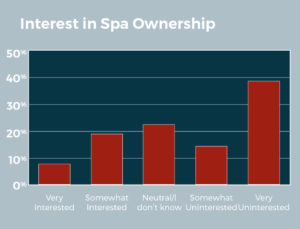
Another somewhat unfortunate finding of our study was that 37% of total respondents indicated they were very uninterested and nearly 14% were somewhat uninterested in spa ownership. This means that hot tubs are unlikely to appeal to over 50% of the general population, at least in the short term until the industry is able to make significant progress in using product awareness and education to overcome present consumer objections to hot tub ownership.
With over 50% of the general population uninterested in spas, the industry must make progress in product awareness and education to overcome ownership objections.
Additionally, 21% of respondents were neutral, which is a fairly large result for this answer type. An answer of neutral may also signify general apathy or a lack of education about the product category. However, this group, representing tens of millions in the US alone, also presents an incredible opportunity. Again, it comes down to discovering ways that create awareness—if this can be accomplished even on a smaller scale for this group, we could see tremendous growth.
It stands to reason that there are likely some negative perceptions, general disinterest, and a lack of knowledge about the hot tub category to overcome. Better business practices, better product features, enhanced category education and promotion, along with other industry improvements, however, are sure to help address these impediments.
What the Future Holds
To get an idea of where the market is going, Google Trends serves an incredible tool as it provides data on interest trends for nearly any topic. When we look at the keyword “hot tubs,” we see that there has been a slight overall uptick in search volume among US internet users over the last five years, with a peak in 2017.
But when we change the keyword to “hot tubs near me,” the numbers tell a different story. This incline shows not only growth in interest, but just how powerful local search has become and how important it is to get listed in Google My Business to ensure you show up in these search results.
Along with industry trade research and Google Trends info, spa manufacturers often use recent sales performance as an indicator of the market outlook. According to Pool & Spas News, hot tub manufacturers estimate sales rose industry-wide in the high single digits in 2018 and look forward to similar growth in 2019.
Other trends, opportunities, and challenges facing this product category spa manufacturers identified include:
- No one size or price category is significantly outpacing the other, though there have been some micro-trends towards mid-range, luxury, and smaller size models.
- Swim spa and rotationally molded continue to grow in popularity/sales.
- Connectivity (allowing for remote control by mobile device or computer) is a priority for spa customers.
- More consumers are looking for designs that blend into the backyard setting with cleaner lines and a more “organic” look.
In terms of customer demographics, spa manufacturers are still seeing the Baby Boom generation as the target as they continue to account for a majority of hot tub sales (as reported in warranty registrations). However, Gen X numbers in the hot tub market are increasing as more than half have reached middle age. Perhaps even most promising, millennials (who typically strongly value health and wellness) are finally giving in to home ownership, which means they’re setting up as ideal target customers.
As we’ve outlined the challenges and presented a number of opportunities here, the outlook for spa retailers is positive. There is hope for the long-term growth of the hot tub market as long as we keep an eye on the trends and help guide consumers along the way.


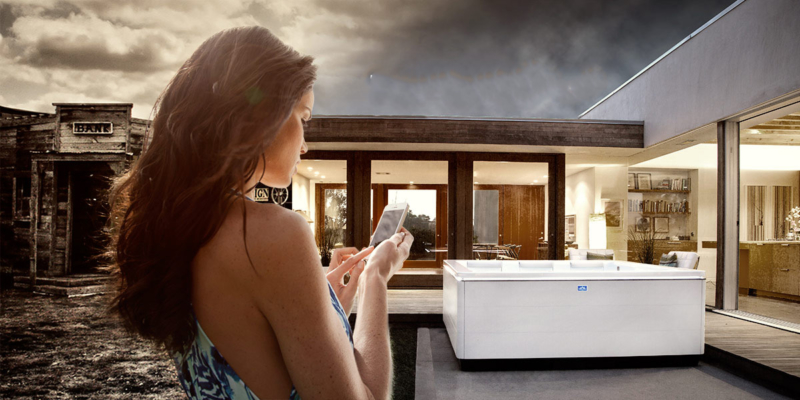



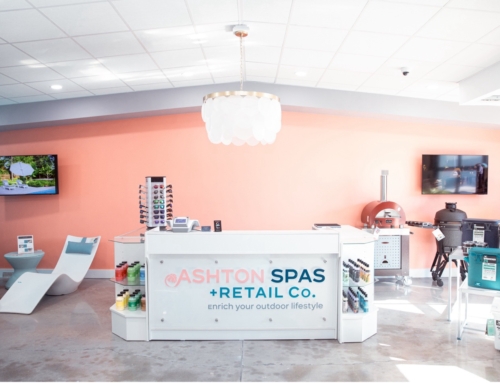

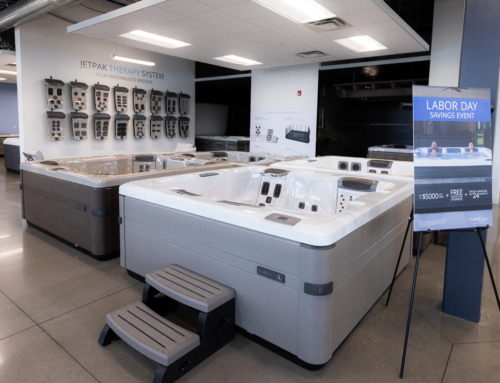
[…] as dipping into a hot tub, especially during the chillier months? It’s no wonder that almost 5% of homes have a hot tub. If you’re looking to be part of that statistic, it can be intimidating, […]